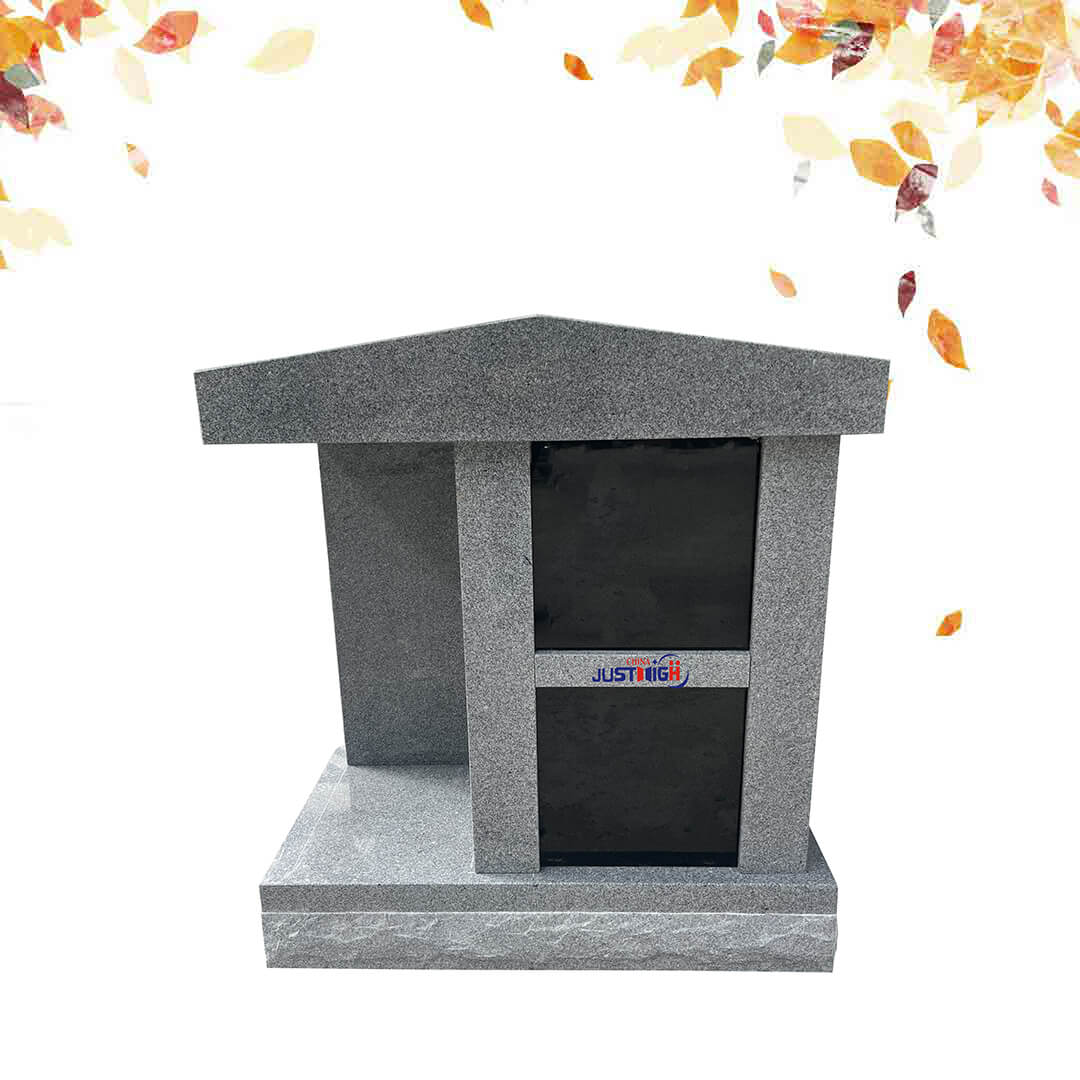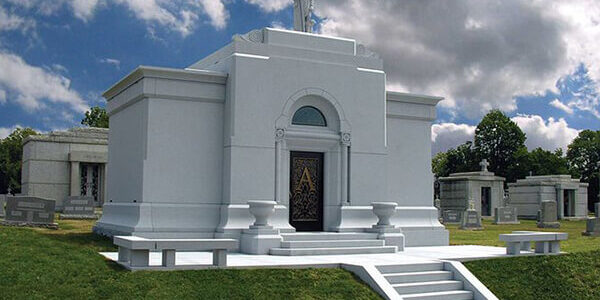What Is the Difference Between a Columbarium and Mausoleum?
When families plan for end-of-life arrangments, they often hear the words columbarium and mausoleum. Both are buildings that hold the remains of people, but they serve diffirent purposes. Knowing the difference can help families make a clear choice when honoring their loved ones.
What Is a Columbarium?
A columbarium is a structure with many small spaces called niches. Each niche holds an urn, which contains cremated remains. The word comes from the Latin term for “dove house,” since the small niches look like dove holes.
Columbaria can be indoors or outdoors. They may be found at cemeteries, churches, or memorial parks. In the USA, many cemeteries now build large columbaria to meet the rising demand for cremation. In 2020, the Cremation Association of North America (CANA) reported that more than 56% of deaths in North America were followed by cremation. This number is growing each year.

G633 and india black 2 Columbarium
What Is a Mausoleum?
A mausoleum is a large building that holds bodies placed in crypts. Each crypt is a space in the wall where a casket is set. Mausoleums may be for one family or open to the public. Famous examples include the Taj Mahal in India and the Mausoleum of Halicarnassus in ancient Greece.
In the UK, public mausoleums are less common, but private family mausoleums are sometimes built on estates. They are often seen as a sign of honor and respect. Mausoleums protect bodies from the ground and give families a clean place to visit.
 Key Differences
Key Differences
The main difference lies in how remains are stored. A columbarium holds urns with cremated ashes. A mausoleum holds caskets with intact bodies.
-
Space use: Columbaria take up less space, making them more eco-frendly. Mausoleums need more land and stronger construction.
-
Cost: Niches in a columbarium often cost less than crypts in a mausoleum.
-
Tradition: Families who choose cremation often select a columbarium. Families who want burial above ground may select a mausoleum.
An Example from a Family
Mrs. Lopez, from Canada, faced a choice after her husband passed away. Her husband had said he wished for cremation. The family considered a columbarium at their local church. Each niche had space for two urns, which gave her comfort since her own urn could one day be placed beside his.
Her sister, who lives in Mexico, shared a diffirent story. Her family had bought a small private mausoleum. The crypts inside held several generations of relatives. Every year during Dia de los Muertos, they visited the mausoleum, brought flowers, and remembered stories together.
Both families found peace, but their choices showed how columbaria and mausoleums serve diffirent needs.
Facts and Evidence
-
In the USA, cremation has become the most common end-of-life choice since 2015.
-
Mausoleums have a long history, with some lasting for thousands of years. The Taj Mahal, built in the 1600s, still draws millions of visitors each year.
-
A study in 2021 by the National Funeral Directors Association (NFDA) found that 60% of people said they prefer cremation. This trend suggests more columbaria will be built in the future.
Conclusion
Choosing between a columbarium and a mausoleum is a personal decision. Both give families a place to visit, reflect, and remember. The key is to think about the wishes of the loved one, family traditions, and practical concerns like cost and space.
By understanding these two options, families can feel more secure in their choice. Whether through a columbarium niche or a mausoleum crypt, the goal is the same: to honor life and keep memory alive.







